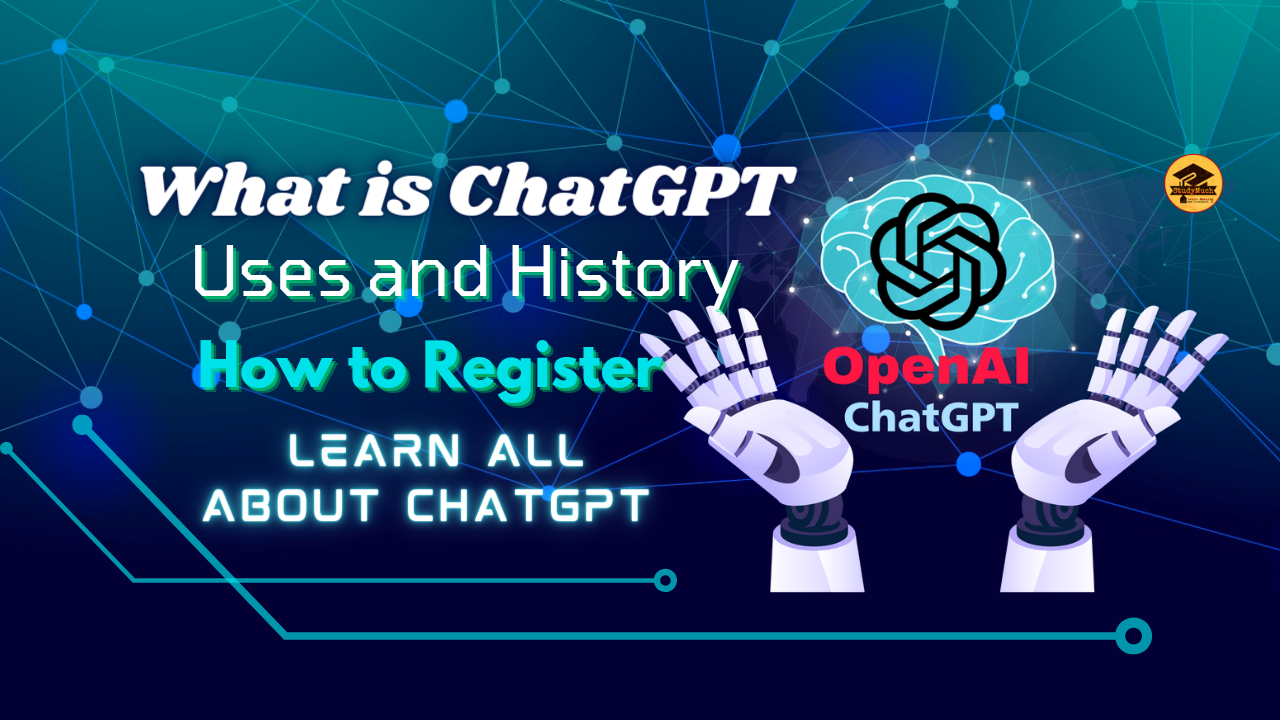What is ChatGPT

What is ChatGPT
ChatGPT is a large-scale language generation model developed by OpenAI. It is trained on a massive amount of text data and uses machine learning techniques such as deep learning to generate human-like text. ChatGPT can be fine-tuned for specific tasks and industries like answering questions, writing creative fiction, and more. It’s also able to generate text in a conversational manner, which makes it useful for building conversational agents and chatbots.
ChatGPT was developed by OpenAI, a research company that aims to promote and develop friendly AI in a responsible way. The model was trained by OpenAI team of researchers and engineers using a massive amount of text data and machine learning techniques such as deep learning. The model was released in 2019 and has since been updated and improved upon by the OpenAI team. The team continues to research and develop new language models and other AI technologies.
Uses of Chat GPT

ChatGPT can be used for a variety of tasks and industries, some examples are given below:
Text generation: ChatGPT can be used to generate text for creative writing, such as poetry and fiction, or for content creation, such as news articles and blog posts.
Conversational agents and chatbots: ChatGPT can be used to build conversational agents and chatbots that can answer questions, provide information, and assist customers.
Language Translation: With fine-tuning, ChatGPT can be used to generate text in different languages, this can be used for language translation or to generate text in multiple languages for localization.
Sentiment Analysis: With fine-tuning, ChatGPT can also be used for sentiment analysis to classify text as positive, negative, or neutral.
Summarization: ChatGPT can be fine-tuned to generate a summary of a given text, it can be used to extract key information from large documents, articles, or news.
Language Model Pre-training: ChatGPT can be used as a pre-training step for other natural language processing tasks such as language understanding, question answering, and text classification.
History of Chat GPT
ChatGPT is a large-scale language generation model developed by OpenAI. It is a continuation of the GPT (Generative Pre-trained Transformer) model that was first introduced in 2018. The GPT model was trained on a massive amount of text data and used deep learning techniques to generate human-like text. The initial version of the model was able to generate text in a wide range of styles and formats, including news articles, stories, and poetry.
In 2019, OpenAI introduced an updated version of the model called GPT-2, which was even more powerful than the original GPT model. The GPT-2 model was trained on an even larger dataset and was able to generate text that was even more human-like than the original GPT model.
In June 2019, OpenAI released ChatGPT, which is a fine-tuned version of the GPT-2 model that is optimized for conversational text generation. It was fine-tuned on a specific dataset for conversational language, making it better suited for building conversational agents and chatbots.
After that, ChatGPT (Generative Pre-trained Transformer) is a chatbot launched by OpenAI in 30 November, 2022. It is built on top of OpenAI’s GPT-3 family of large language models, and is fine-tuned (an approach to transfer learning) with both supervised and reinforcement learning techniques.
which was considered as a step forward in natural language processing, it was able to generate text that can be difficult to distinguish from text written by a human.

How to Register on ChatGPT
If you would like to use this AI model and sign up on ChatGPT, then you can follow these given steps:
- Go to the OpenAI website (https://openai.com),
- Click on the “Get API key” button on the top right corner of the page.
- Click “Get Start” button on the bottom.
- Fill in the required information to create an account.
- Once you have confirmed your email, you will be able to access your API key and start using the model.
- You can use the API key to access the model through the OpenAI API, which can be integrated into your application.
Read Also –



5 Comments
gate.io türkiye · May 11, 2023 at 12:22 am
At the beginning, I was still puzzled. Since I read your article, I have been very impressed. It has provided a lot of innovative ideas for my thesis related to gate.io. Thank u. But I still have some doubts, can you help me? Thanks.
gate io türkiye · May 12, 2023 at 3:37 am
At the beginning, I was still puzzled. Since I read your article, I have been very impressed. It has provided a lot of innovative ideas for my thesis related to gate.io. Thank u. But I still have some doubts, can you help me? Thanks.
tlover tonet · May 7, 2024 at 10:18 am
Great web site. Lots of useful information here. I?¦m sending it to several buddies ans also sharing in delicious. And naturally, thanks to your sweat!
Cadence Young · September 20, 2024 at 6:57 am
Hi! I just finished reading your blog post, and I must say, it was excellent. Your ability to explain complicated concepts in a simple and engaging way is truly remarkable. Thank you for providing such valuable content. I can’t wait to read more from you in the future.
smorter giremal · November 5, 2024 at 3:35 am
I have been absent for a while, but now I remember why I used to love this web site. Thanks, I will try and check back more often. How frequently you update your site?